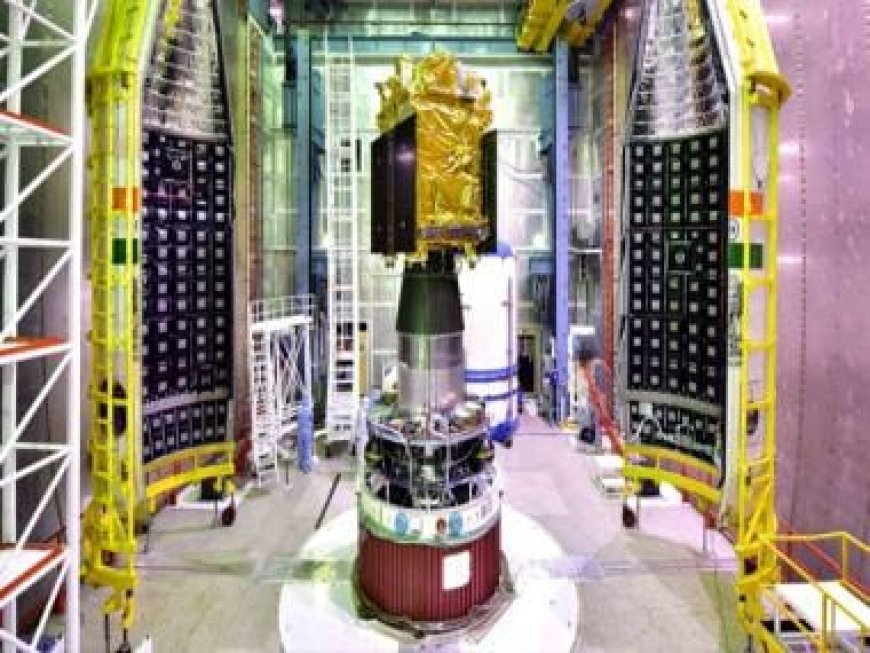Aditya-L1 will have a treacherous, hard journey to Lagrange 1. Here’s what ISRO has planned
Aditya-L1 will have a treacherous, hard journey to Lagrange 1. Here’s what ISRO has planned

India’s upcoming space-based solar observatory mission, Aditya L1, is set for launch this Saturday. With a successful launch, India will be one of the very few countries in the world to have its own solar observatory this close to the sun.
PSLV-C57/Aditya-L1 Mission:
The 23-hour 40-minute countdown leading to the launch at 11:50 Hrs. IST on September 2, 2023, has commended today at 12:10 Hrs.The launch can be watched LIVE
on ISRO Website https://t.co/osrHMk7MZL
Facebook https://t.co/zugXQAYy1y
YouTube…— ISRO (@isro) September 1, 2023
The mission was supposed to be launched about 15 years ago, former ISRO scientist, Dr YS Rajan has revealed. The mission was initially planned to place an orbiter in a Near-Earth orbit at an altitude of approximately 800 km.
Dr Rajan, who is a recipient of the 2012 Padma Shri award for his contributions to science and engineering and co-authored “India 2020: A Vision for the New Millennium” with former President A P J Abdul Kalam, told ANI that Aditya was originally planned for launch in 2008.
The mission was designed to orbit the Earth closely, allowing it to continuously observe the Sun and provide valuable data. He also highlighted ISRO’s longstanding interest in space exploration, spanning more than 15 years, and the agency’s ongoing commitment to taking on ambitious interplanetary missions.
This insight sheds light on the long-term planning and dedication within ISRO to advance space exploration and scientific endeavours, culminating in the upcoming Aditya L1 mission, which will significantly contribute to solar research and understanding.
Once at L1 or Lagrange 1, the Aditya Solar Observatory will have its work cut out. However, the journey to point L1 is not going to be easy. It will be a long and lone flight to the designated spot, which will last over 100 days.
Aditya L1’s journey to Lagrange Point 1
The forthcoming journey of the Aditya L1 mission, from its launch to its arrival at the Lagrange point 1 (L1) within the Sun-Earth system, is expected to encompass approximately four months. Here’s an overview of the stages leading to the L1 point:
The Launch: The Aditya L1 mission will start with the launch of ISRO’s PSLV XL C57 rocket from the Satish Dhawan Space Centre SHAR (SDSC-SHAR) in Sriharikota.
Initial Orbit: Initially, the spacecraft will be placed into a Low Earth Orbit, where it will remain for a few days, gathering momentum.
Elliptical Orbit: Following the initial orbit, adjustments will be made to transition into a more elliptical orbit.
Leaving Earth’s Gravitational Sphere of Influence or SOI: Using the momentum it gathers, and using onboard propulsion, the spacecraft will be propelled away from Earth, breaking free from Earth’s gravitational influence.
Cruising to its destination: After escaping Earth’s SOI, the spacecraft will enter a cruise phase, where it will slowly cruise to the L1 point. It is near this point where things will start getting heavy, literally, for the orbiter, as it draws closer to the sun.
Entering Halo Orbit: Ultimately, the spacecraft will be inserted into a halo orbit encircling the Lagrange point (L1). This orbit allows the spacecraft to maintain a stable position relative to Earth and the Sun, enabling continuous solar observations and scientific research.
Aditya-L1’s objective
The Aditya-L1 mission is equipped with seven specialized scientific instruments meticulously designed to study various layers of the Sun, including the photosphere, chromosphere, and the outermost layer known as the corona. These instruments are equipped with electromagnetic particle and magnetic field sensors to facilitate their observations.
Of the seven instruments, four have an unobstructed view of the Sun, allowing them to observe solar phenomena directly. The remaining three instruments are dedicated to on-site investigations of particles and fields within Lagrange Point L1.
The mission’s objectives are to significantly advance our understanding of a wide range of solar phenomena and their impact on the interplanetary environment and Earth. Specifically, the instrumentation carried by the Aditya L1 mission has the potential to provide crucial insights into areas such as coronal heating, coronal mass ejections, pre-flare and flare activities, and their distinct characteristics. Additionally, these investigations will enhance our knowledge of space weather dynamics and shed light on the behaviour of particles and fields as they propagate through space. This mission represents a significant step forward in solar research and space science.
What's Your Reaction?



























































